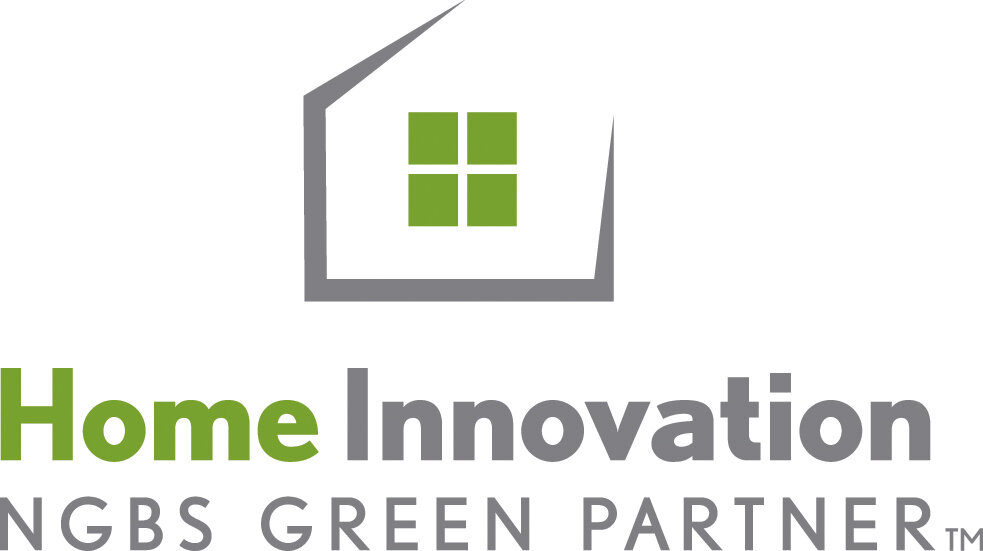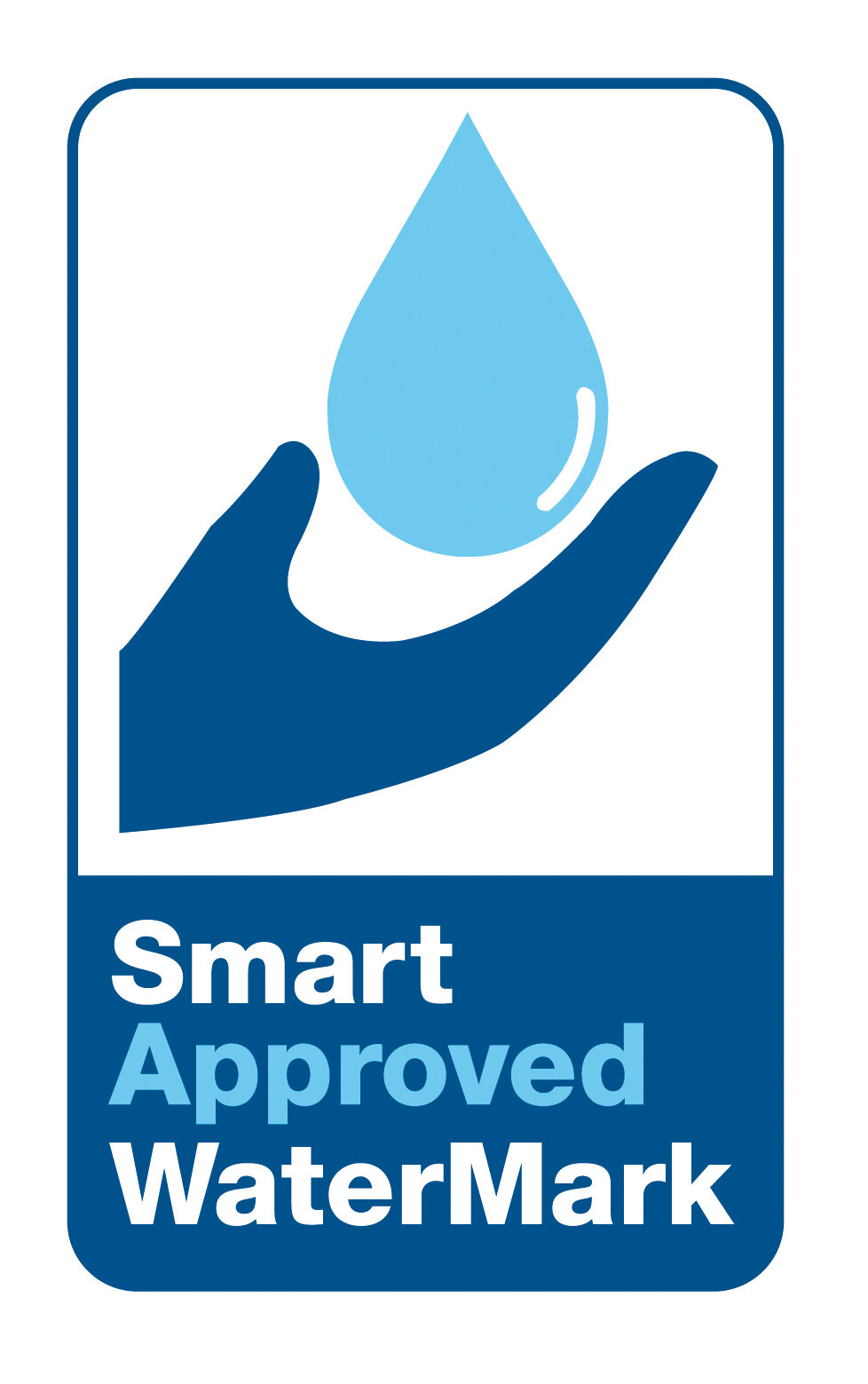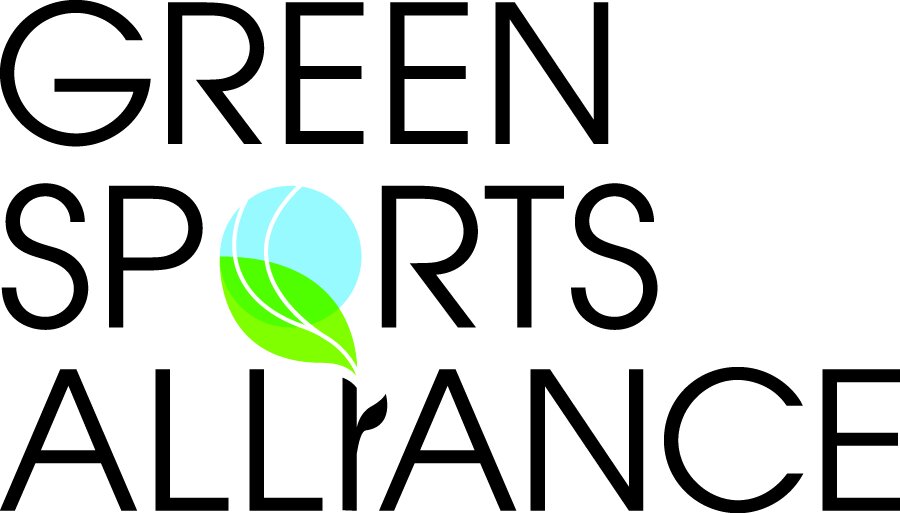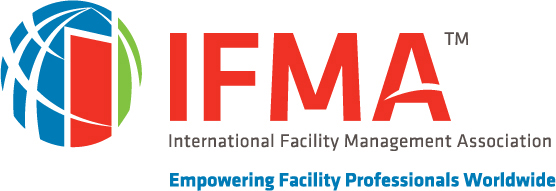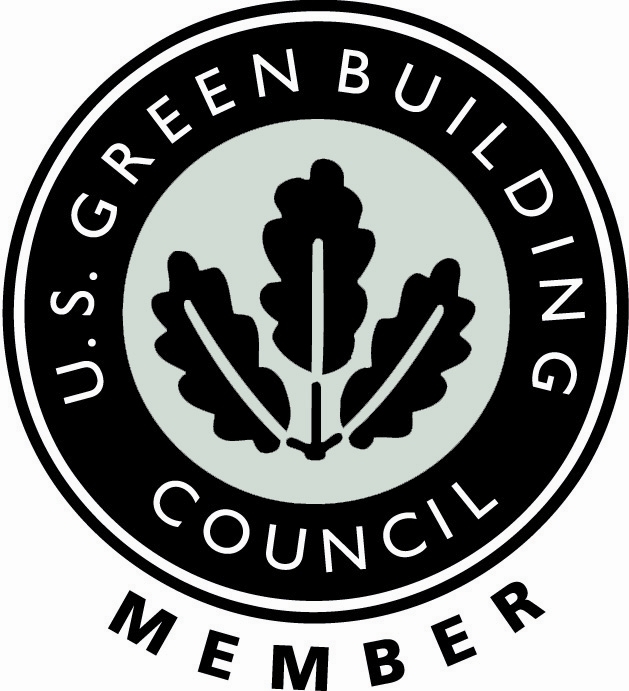What is a Commercial Drip Irrigation System?
A drip irrigation system is a network of pipes, valves, tubing, and emitters that deliver water and nutrients at a controlled rate directly to the soil. This precise application offers numerous advantages for commercial properties, including:
Superior Water Efficiency: With up to 95% of water infiltrating the soil, runoff and evaporation are virtually eliminated.
Healthier Plant Life: By keeping foliage dry, drip irrigation helps prevent common plant diseases associated with excessive moisture on leaves.
Reduced Weed Growth: Water is targeted only to specific plants, limiting water to weeds.
Automated Precision: Most systems operate on timers or smart controllers, ensuring irrigation occurs only when and where it's needed.
Remote Management: Modern drip irrigation systems can be monitored and controlled via smartphone apps, with some utilizing artificial intelligence to suggest optimal watering schedules based on historical data and weather patterns.
Direct Root Delivery
Implementing a drip irrigation system is a proactive step towards significant water efficiency. By delivering water directly to the root zone of plants, these systems eliminate the waste associated with traditional overhead watering methods.
Is Installing a Drip Irrigation System Difficult?
Contrary to past perceptions, modern drip irrigation systems are designed for straightforward installation, which has also helped reduce costs. With user-friendly components, in-house maintenance staff can often install these systems without the need for external contractors.
However, there are some essential components of an efficient system that should not be overlooked. These are the following:
Backflow Preventer: This crucial component prevents irrigation water from siphoning back into the facility's main water supply, avoiding contamination.
Sediment Filter: A filter is necessary to block particulates that could clog the emitters and compromise the system. These should be cleaned two to three times per year.
Pressure Reducer: Drip systems operate best under low water pressure. A pressure reducer maintains the pressure at an optimal level, typically around 30 psi, to protect the system's longevity and ensure its long-term reliability.
Seasonal Maintenance for Your Drip Irrigation System
It is important to note that drip irrigation systems should not be used during freezing winter months. Steps must be taken to winterize the system, which includes completely draining the pipes. An air compressor can be used to blow out any remaining water.
A Smart Investment in Water Efficiency
The long-term rewards of installing a drip irrigation system are substantial. This includes:
· Significant reduction in water consumption and water-related costs
· Healthier landscapes
· Minimized weed management
· Surprisingly quick return on the investment.
When seeking ways to reduce water consumption beyond restrooms, facility managers should consider commercial drip irrigation systems as a straightforward path to enhancing sustainability and protecting our most valuable natural resource: water.
As a leading advocate for water efficiency, Waterless Co., Inc. highly recommends that our customers and all facility managers consider installing commercial drip irrigation systems. They have become a cornerstone of modern, efficient water management.



